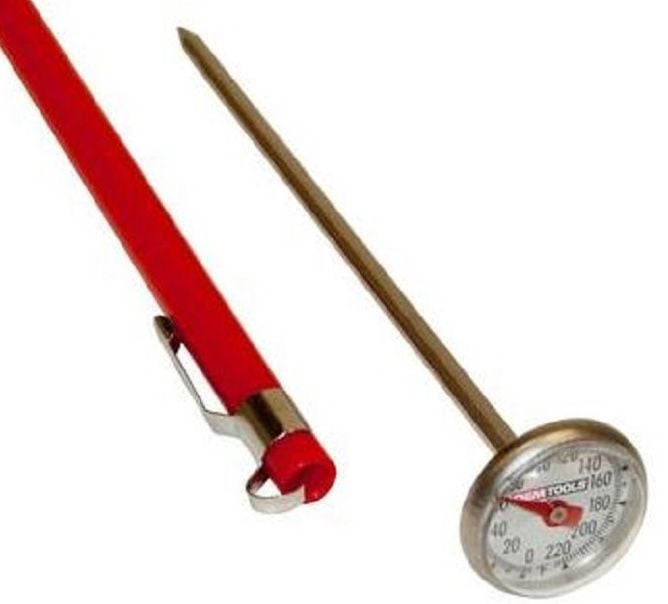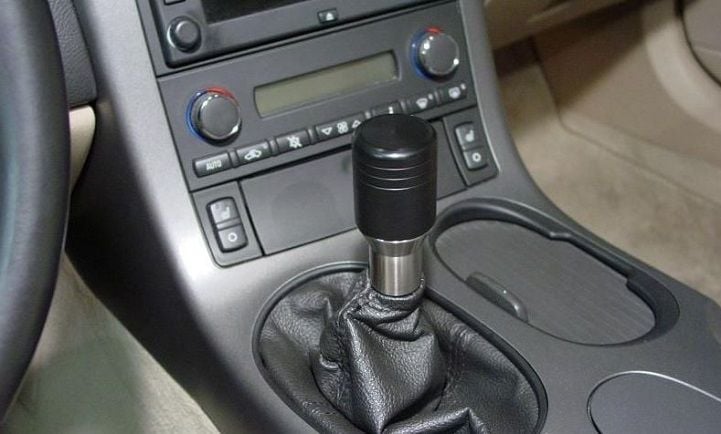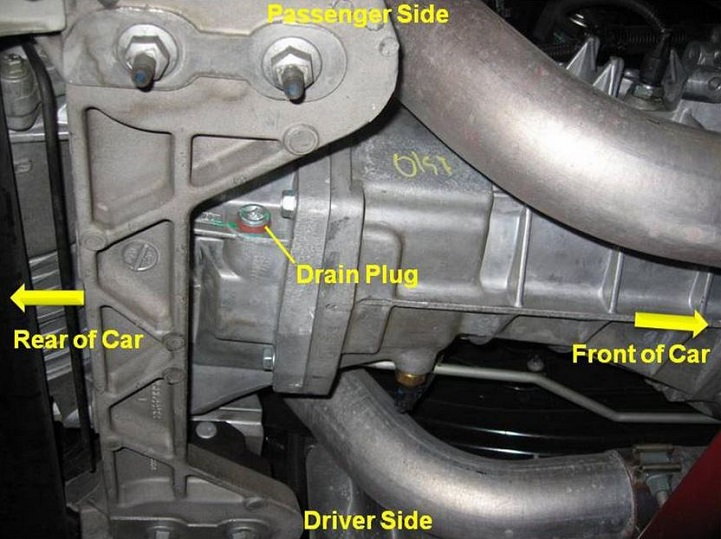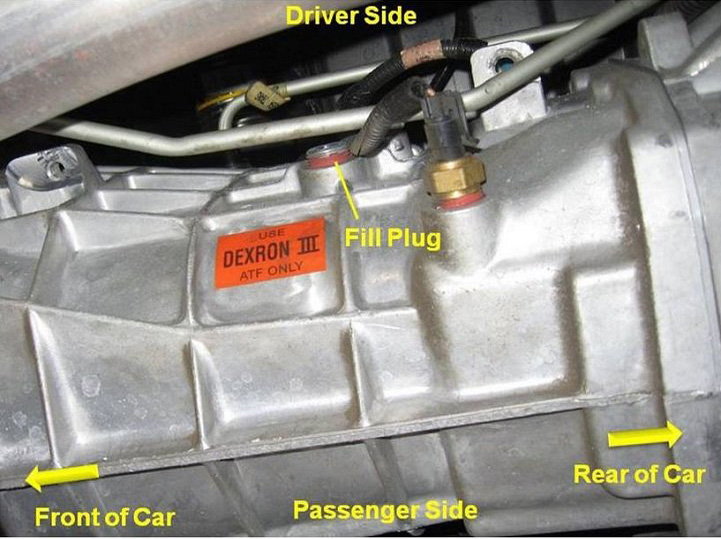Corvette: How to Check Transmission Fluid
Checking your fluids is a great preventative measure to keep your car in a healthy state. Here's how to check your transmission fluid.
This article applies to the C5 Corvette (1997-2004), C6 Corvette (2005-2013), and C7 Corvette (2014-2019).
Outside of your brakes, few things are as important on your Corvette as your transmission. Your engine is a high-quality piece of craftsmanship that is built to take everything you give it and still last. The brakes are there to save your life, but your transmission takes a beating. Whether automatic or manual, your transmission gets put through its paces, so all of those moving gears need high-quality lubrication to stay running strong. You can run it hard, but you should also protect it like a baby by making sure it has good, clean fluids. The trick is knowing where to look for these fluids because this car has no dipstick or fill tube. Whether you are an old wrench or a new owner, you should know how to check and diagnose your transmission fluid, so your transmission stays in tiptop shape for years to come.

Materials Needed
- Thermometer
- Torque wrench and sockets
- White paper or terry cloth towels
Step 1 – Run your Corvette
In order to properly and accurately check your transmission fluids, the transmission fluid temperature must be between 86 and 122 degrees Fahrenheit. Allow the vehicle to warm up until the transmission fluid temperature hits this mark. if you have been driving already, allow it to cool down to hit the mark.

Pro Tip
If you check your fluid level when the transmission fluid is too cold, you will overfill it. Conversely, if you check the level when it's too hot, you will underfill it. Less transmission fluid will cause damage and early wear. Excessive transmission fluid will cause foaming, extra discharge, and pump cavitation.
Step 2 – Raise your car with lift or jack stands
When you check your transmission fluid, your car needs to be leveled. You will need to be able to get under and inside the car, so it needs to be raised high enough to be able to do both. If you do not have a lift, make sure that your jack stands are secure while getting in, out and under your car.

(Related Article: How to Jack Up Your Vette - CorvetteForum.com)
Step 3 – Observe the temperature
Using the Driver Information Center, make sure that the temperature of the transmission fluid is within the correct range. If you have a scan tool, you can use that as well by plugging it in the port under the dash.

Step 4 – Start the engine and set it to idle
The engine must be running when the transmission fluid is checked, or else excess fluid will pour out when you open the plug. If the engine temperature was hotter than range, wait before performing this step to let the car cool down, so the fluid temperature is within the proper range.

Step 5 – Shift through the gears at idle
Once you have the car started and idling, press the brake pedal and shift through each gear. Pause a few seconds during each gear. Shift back into park and let the engine idle at (500-800 RPM) for about a minute. This causes the transmission fluid to be well disbursed through the gears and not settled at the bottom.

Step 6 – Remove the transmission oil plug
Under the car, you'll find the transmission fluid pan. Remove the transmission oil level check plug from the pan. If the fluid starts pouring out in a steady stream, wait until it begins to drip. If nothing is coming out, add the manufacturer's recommended fluid (in the fill plug) until it starts to drip out.
-

Figure 6a. Location of transmission fluid drain plug. -

Figure 6b. Location of the transmission fill plug.
Step 7 – Inspect the used fluid
Put a few drops of the used transmission fluid on a white paper towel or white terry cloth towel. Inspect the color and odor. It should be red or dark brownish-red.
- If the fluid is very dark or even black and smells burnt, check the fluid and the bottom of the pan for metal shavings or debris. Note, that a small amount of particles in the pan is normal.
- If the fluid or pan has large chunks of metal debris, you will need to flush the oil cooler as well as the cooler lines and overhaul the transmission.
- Milky or cloudy fluid indicates that water has gotten into your transmission fluid, which isn't good and will need to be addressed.
Replace the drain plug and torque to 18 ft./lbs. Wipe down the pan and plug area. Check for any leaks.

Related Discussion
- Check Transmission Fluid Procedure - CorvetteForum.com






